Part I: Iran Grins and Bears It *
A Historical Win for American Diplomacy
American diplomacy scored a historical achievement on August 8, when President Donald Trump hosted a meeting between Azerbaijani President Ilham Aliyev and Armenian Prime Minister Nikol Pashinyan in Washington. The two leaders signed a peace pledge in the presence of the U.S. president ending the thirty-year-old conflict between the two Caucasian nations.
Despite its significance, the event barely registered in international and attracted little commentary form major media outlets. Yet the agreement warrants in-depth analysis because of its far-reaching implications beyond the South Caucasus.
The White House announced that the United States would help construct a central transit corridor as part of the deal. Named the Trump Route for International Peace and Prosperity (TRIPP), the corridor will connect Azerbaijan and its autonomous Nakhchivan exclave, separated from the mainland by Armenian territory. Previous negotiations had failed over this issue: Azerbaijan demanded that Armenia give it a railroad corridor to Nakhchivan, while Armenia insisted on retaining control, and Aliyev threatened to take it by force. U.S. mediation broke the impasse, positioning Washington as a party to the treaty.
It is noteworthy that, in the past, Azerbaijan had promised Armenia royalties in exchange for use of the Zangezur corridor. Under the terms of the new deal, the guarantees the treaty’s implementation by both parties, with a provision for an American presence on the ground in the shape of American security companies or other arrangements. For both parties, a U.S. physical presence is the best security warranty they can obtain.
The most crucial significance of the treaty, however, lies not only in the long-awaited peace between Azerbaijan and Armenia but also in the sidelining of Iran and Russia, which is a vital interest for both the West and Israel.
Why is Zangezur so Crucial for Iran?
Iran has consistently opposed the Zangezur corridor project since Azerbaijan proposed it following its victory in the Second Karabakh War in 2020. To understand Iran’s interactions with Armenia, one must recall that the Caucasian nation is Iran’s only ally in the region, and Tehran demands that Yerevan “coordinate” decision-making with it. Pashinyan’s tacit goal is to end diplomatic dependency on Iran.
For Iran, the Zangezur project is more than just a trade route. By reducing Armenia’s dependency on Tehran, it threatens to undercut Iran’s influence and weaken its regional position in four key ways:
- Iran has always feared that the corridor plan would sever its access to Armenia if the route does not remain under Yerevan’s exclusive control. Iran needs direct access to Armenia to control the latter’s decision-making effectively. The Zangezur route would connect Nakhchivan enclave to Azerbaijan through Armenia’s southern Syunik Province, presumably along the Aras River, which forms the Armenia-Iran border.
- Iran is also wary of the creation of a “pan-Turkic” corridor along its northern border that would bring Turkey and Azerbaijan closer together. Pan-Turkism is catchword of Iranian propaganda, which highlights the growing influence of Ankara in the Caucasus, seen by Tehran as detrimental to its interests.
- Iranian propaganda also portrays the Zangezur corridor plan as an invitation to Israel and NATO to enter the region. Iranian analysts, however, do have good reasons to fear the erosion of Tehran’s influence. One of the leading Iranian Caucasus experts, Ehsan Movahedyan maintains that the Zangezur issue is also about shifts in the regional balance of power.
- Some of Iran’s demands were met as the treaty guarantees Armenia’s control over the corridor and the border with Iran. What aggrieves Iran, however, is not what it claims are potential threats from Azerbaijan, but rather its loss of control over the route. Put simply, the U.S. presence means that Iran will not be able to block the corridor at will and it will thus lose leverage to use the global trade route for its geopolitical goals. This loss of leverage is another blow to Iran’s policy of hybrid war on multiple fronts.
In short, the new peace deal meets some of Tehran’s demands, as it guarantees Armenia’s control over the route and the frontier with Iran, but on the other hand, it invites its arch-rival —the United States— to establish a presence in its backyard.
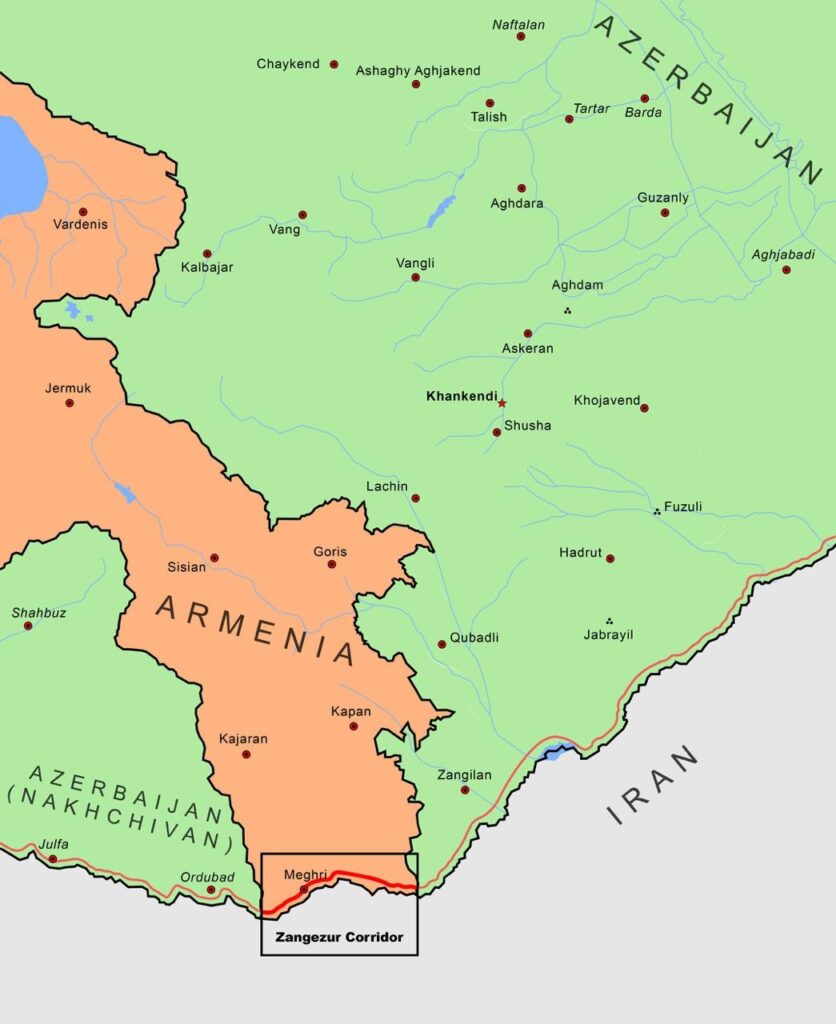
What do Iranian Reactions Indicate?
Official statements
On August 9, Iran’s Foreign Ministry welcomed the peace deal, while also expressing concerns over “any external intervention.” The ministry said it welcomed the finalization of the text of the peace agreement between Azerbaijan and Armenia and described the deal as an important step in achieving lasting peace in the region. It said Iran was ready to cooperate with Baku and Yerevan to “safeguard peace, stability, and economic development of the region through bilateral and regional cooperation.”
However, it was Supreme Leader Ayatollah Ali Khamenei’s top adviser Ali Akbar Velayati who set the tone by vowing to prevent the U.S.-built route “with or without Russia’. The mere fact that Iran’s top diplomat spoke of the treaty is telling. The statements by the veteran diplomat and other high-ranking officials reveal Iran’s true thinking.
Velayati said the corridor would alter regional geopolitics, shift borders, and claimed that it is designed to fragment Armenia. He went on to say that “Putin had repeatedly stated that he will take action if Ukraine joins Nato and Nato moves closer to Moscow. Likewise, we will not allow Nato to approach Iran’s northern borders. In this matter, we believe that prevention is better than cure”.
IRGC Deputy Commander Yadollah Javani left little room for interpretation, slamming the Armenian and Azerbaijani leaders for dragging NATO into the Caucasus. He added they Aliyev and Pashinyan were walking the same path of misery as Ukraine’s president Volodymyr Zelenski. He continued that the two leaders were committing an even worse mistake than Zelensky because the latter provoked only Russia, while they were provoking Moscow along with Iran, India and China. This statement can be seen as a veiled threat to Armenia and Azerbaijan.
Armenia’s Deputy Foreign Minister Vahan Kostanyan paid a short visit to Tehran on August 13, meeting with Velayati, who reiterated the same message. Kostanyan also held talks with Iranian Foreign Minister Abbas Araghchi, briefing him on recent developments in the South Caucasus. Kostanyan described Iran-Armenia relations as “strategic” and said Yerevan takes Tehran’s interests and concerns into account when making decisions on regional peace and transport agreements. Araghchi reiterated Iran’s position that reopening transport routes should not alter the geopolitical balance in the region.
President Masoud Pezeskhian said on August 10 that Iran’s concerns had been taken into account in the agreement. His statement indicates that the Iranian regime is now downplaying the impact of the treaty on the country’s interests. Tehran understands that it does not have much leverage over events and that extensive talk about the damage to Iran’s interests would only highlight the limits of Iranian power. The tone of Iranian media—and what it has left unsaid—reveals much about the regime’s intentions.
Media reactions
The initial media response to the deal was very harsh, with little difference between moderate and hardline outlets. Some hardline media blamed the Pezeshkian administration for its “negligence” in failing to thwart the treaty between Armenia and Azerbaijan. The usually moderate Tehran daily Hamshahri called the TRIPP “Satan’s route”.
IRGC-affiliated Fars News evoked historical associations with the Shah’s rule, recalling how Reza Shah, the founder of the Pahlavi dynasty, conducted a land swap in which Iran dropped claims in the Aras corridor — territory that overlaps with Zangezur. Fars News called that land swap “selling out Iranian land for Ataturk’s smile.”
Caucasus affairs expert Mohammad Hassan Goodarzi said in an interview with Asr-e Iran that the American mediation in the Zangezur agreement “rings alarm bells for Iran’s national security.” Goodarzi added that the agreement would “turn the Caucasus into a toy in the playfield of America and NATO in their games with Russia.”
Tabnak conducted an interview with the American-Iranian scholar Shireen Hunter, who validated Tehran’s concerns and concluded that isolating Iran in the Caucasus was always among U.S. policy goals. She added that the “Trump route” would serve to further Iran’s geopolitical isolation. It is noteworthy that quoting foreign experts has long been a tactic of the Iranian press to send tough messages to the regime: it is safer to cite foreign experts who confirm Iran’s isolation than to say so explicitly.
This indirect messaging prompted government spokesperson Fatehme Mohajerani to respond, seeking to reassure Iranians who feared their country’s geopolitical concerns were not addressed. At her weekly press conference, she pushed back at critics in the press and on social media. Brandishing a map of the region, Mohajerani argued that the Zangezur corridor was “just a small part of Iran’s borders.”
Informal hardline reactions
Mohajerani’s statements triggered angry reactions from some pro-regime social media users.
A prominent anti-establishment social media figure mocked her on X, saying she might just as well say the same about the three Gulf islands controlled by Iran but claimed by the UAE, maintaining that “reformists” do not care about national interests.
A hardline regime supporter, Ali Ja’afari accused Mohejerani of betraying Iran’s interests, remarking that it would be no surprise if they declare the Persian Gulf “a small, insignificant speck of water.” Hard-line oil analyst and journalist Ehsan Hosseini dismissed Mohajerani’s statements and said that Iran “was losing the war of corridors.”
The Turkish Angle
Turkish media outlets have broadly viewed the Azerbaijan-Armenia deal as a win for the United States and a setback for Iran and Russia in the South Caucasus.
Presidential Communications Director Burhaneddin Duran was the first to offer a Turkish reaction, welcoming the Azerbaijan-Armenia treaty as an important step toward lasting peace in the region. Pro-government outlets followed the official line, hailing the treaty as historic and suggesting that the regional balance of power would shift toward Turkey and the U.S.. Some Turkish outlets suggested that Iran sees itself as excluded from the Turkic world. The pro-government Yeni Safak cited the remarks by Ali Akbar Velayati arguing that the treaty would put Iran on edge.
Overall, Turkish pundits view the results of the treaty in much the same way as Iranian analysts — though out of opposite motivations.
Conclusion
The Iranian regime has employed the parlance of conspiracy and plots since its inception, blaming all its problems on Israel, Zionists, the United States, the United Kingdom, and NATO. This conspiratorial, and often antisemitic rhetoric, is inseparable from official Iranian official discourse, with little difference between moderates and hardliners. However, this conspiratorial rhetoric should not obscure the real messages it may conceal. Current Iranian rhetoric reveals that the Iranian regime has indeed been dealt a diplomatic blow by the U.S., with no capacity to counterbalance it. Iran is losing influence, and high-ranking Iranian officials are well aware of it. They can also see the growing criticism coming from informal hard-liners, which further tarnishes the regime’s image as the protector of Iran’s interests. At the same time, the regime’s conduct also demonstrates the limits of Iranian propaganda and other disruptive tools.
By contrast, the success of American diplomacy underscores once again the importance of persistent hard work and multi-faceted engagement. The key lies in recognizing each actor’s fears and working to address them with deeds rather than words. What matters is not what American or Israeli common wisdom assumes, but the weight local geopolitical actors and Iran attach to each issue. Iran fears precisely this U.S. determination to work in multiple directions, because the regime’s capacity to respond is becoming increasingly limited.
* A second article by Michael Borodkin looks at the Russian reactions to the accords

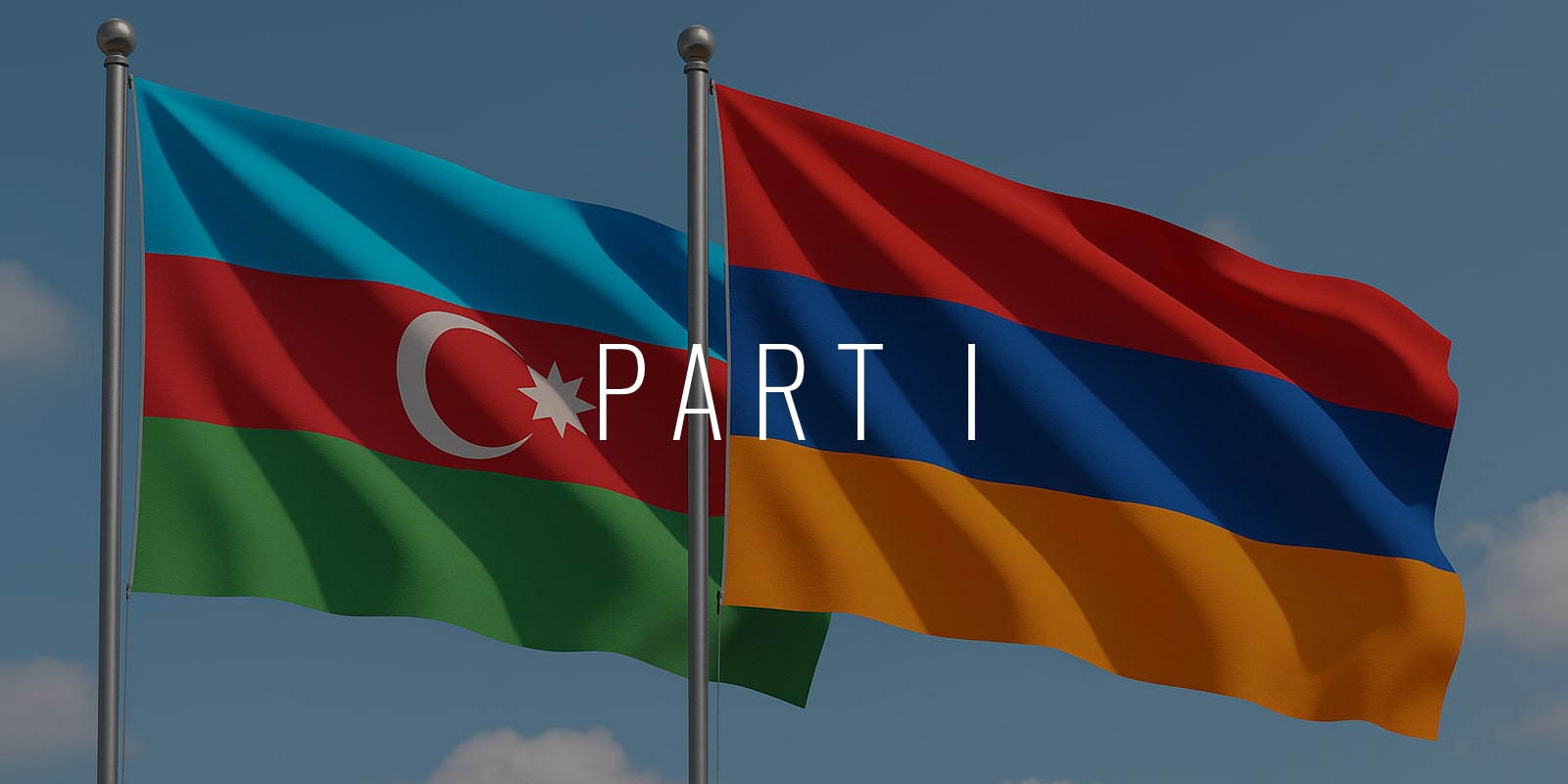






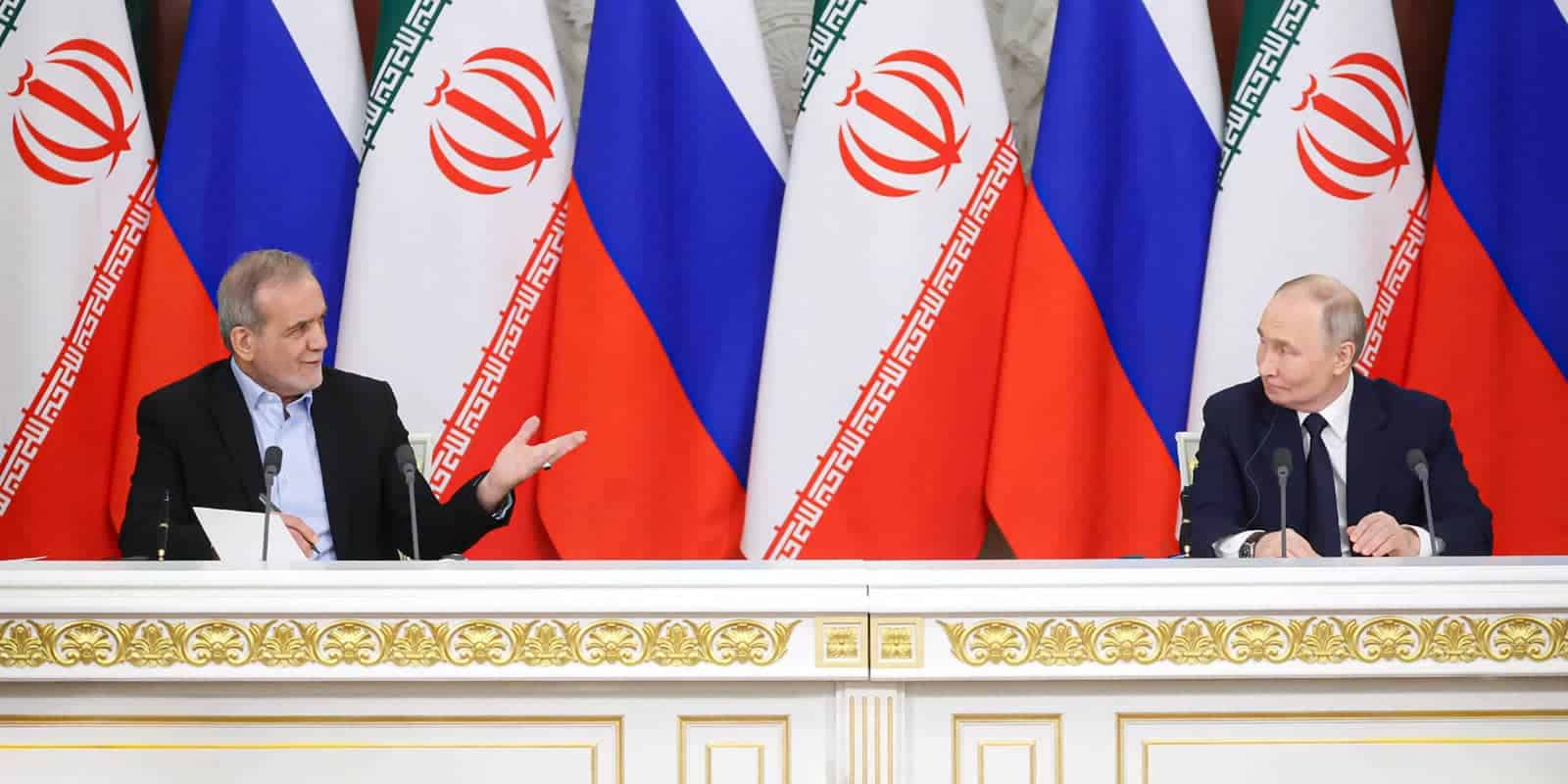
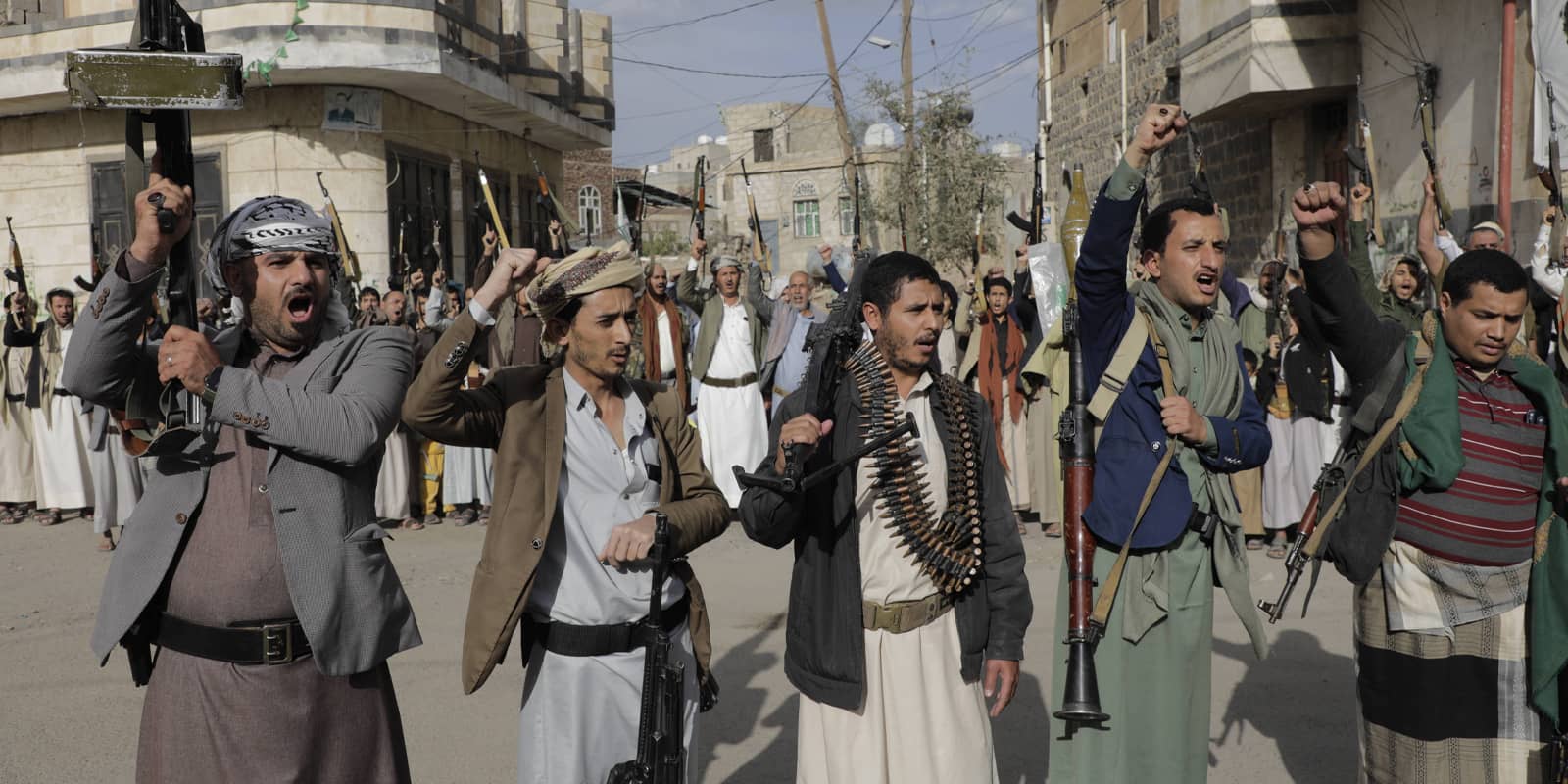
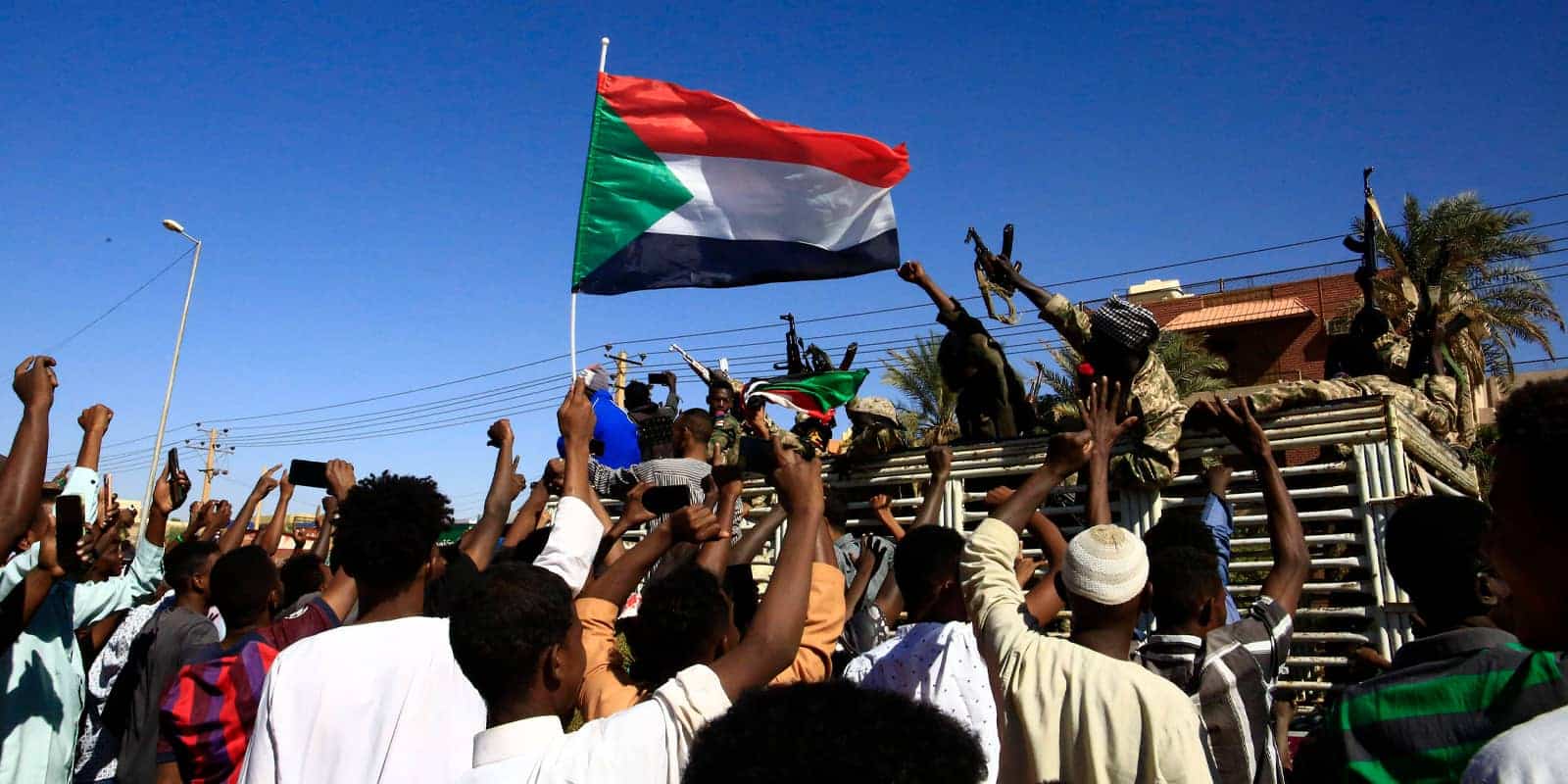

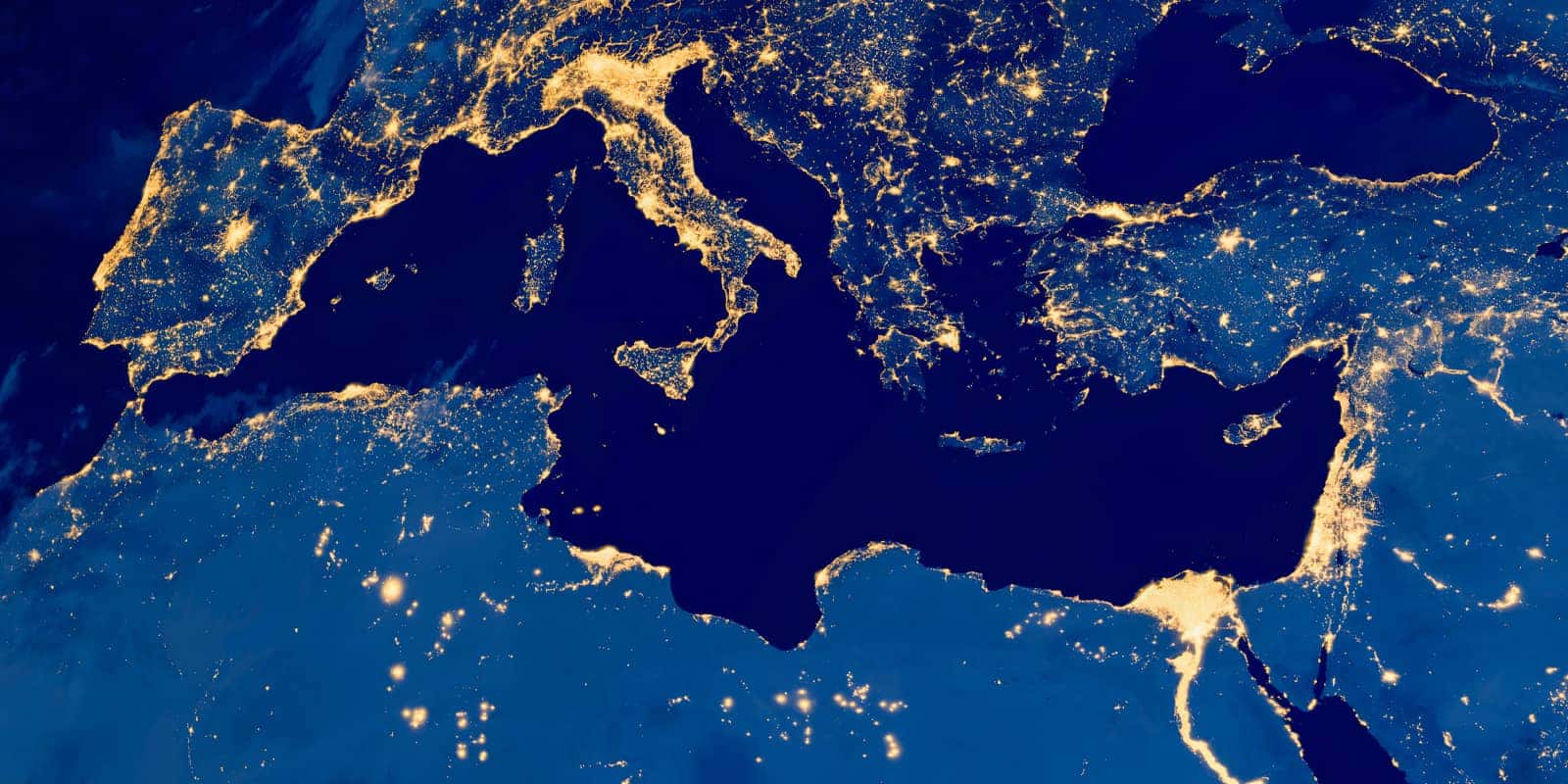


Former IDF Intel Chief: Can Hamas Release All Hostages in 72 Hours?